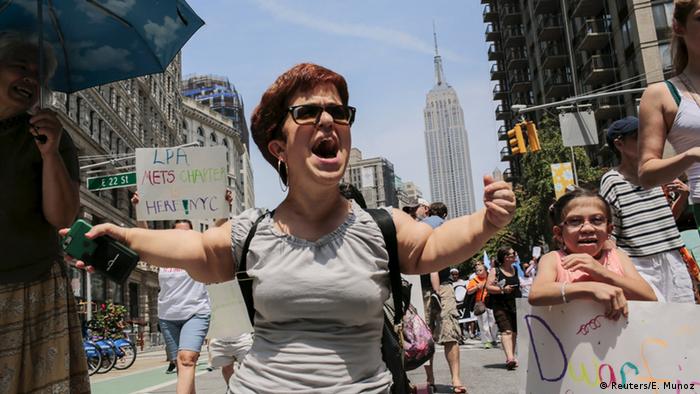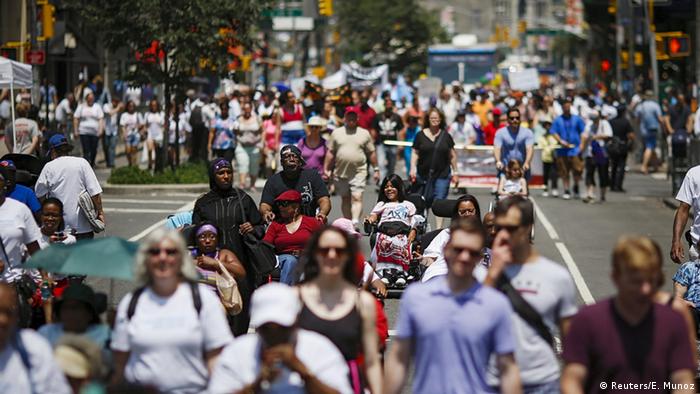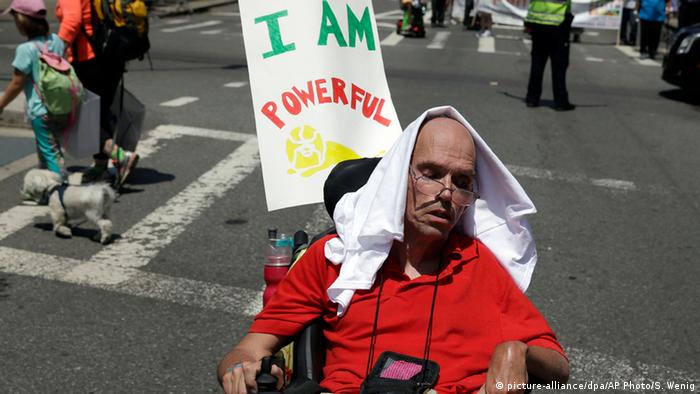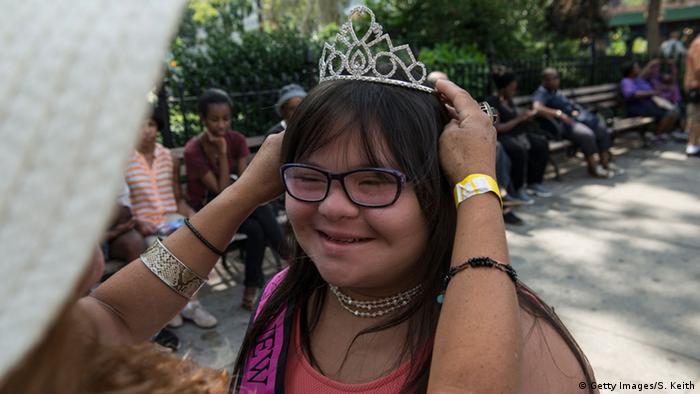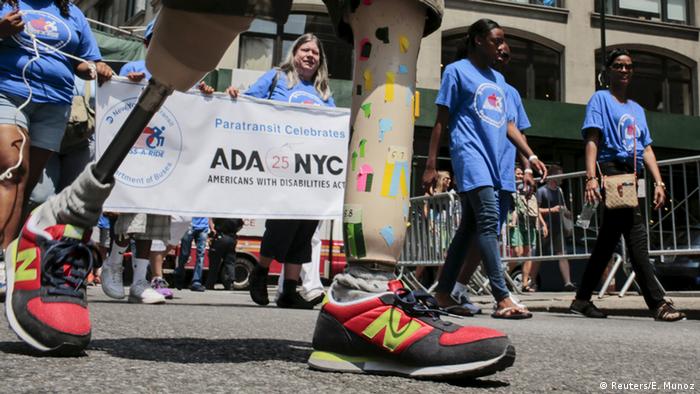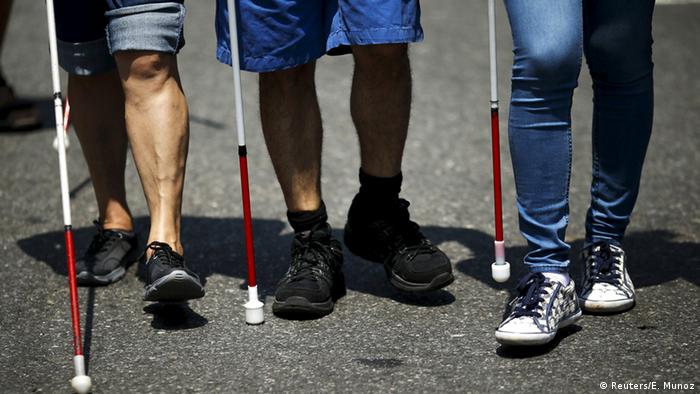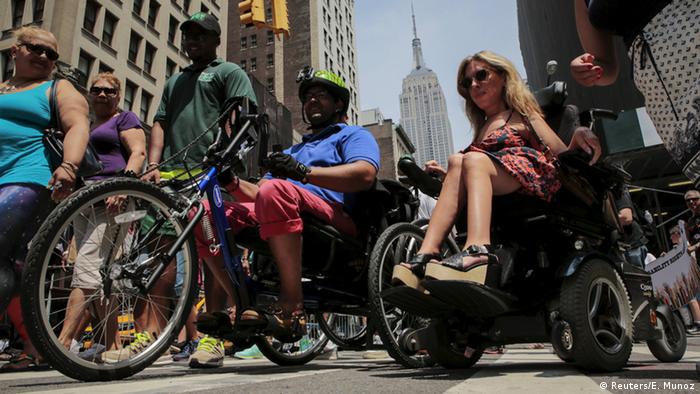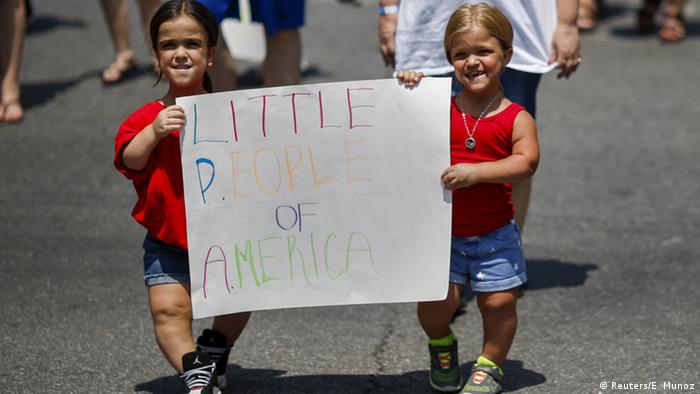About 50 years ago, people with Down syndrome had a life expectancy of less than ten years. Today, she is about 60 years, and most of them die of dementia.
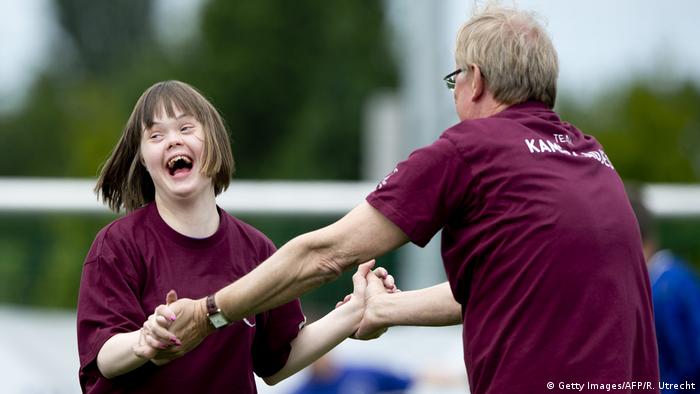
Children with Down syndrome develop slower and differently than others, have special abilities.
Children with trisomy 21 not only look differently than children without Down syndrome. They are different. Your entire development is slower than in children without trisomy 21. This affects the motor skills, language, and intellectual development, and you have to fight from the beginning with many diseases. Approximately 50,000 Affected life in Germany.
About 120 different symptoms of the disease appear specifically in children with Down syndrome. This includes heart defects. A few decades ago, this was a big Problem. “Congenital heart defect, you can operate much better than it was a few decades ago. Therefore, the life expectancy is now much higher than in the 1970s,” says Gerhard Hammersen. He is honorary Director of a Down syndrome clinic in Nuremberg, Germany. He has practiced there a long time as a pediatrician at the Cnopfschen children’s hospital and the development pursued.
It has done something
In front of about fifty, sixty years ago, cardiac operations in children with Down syndrome tend to be rare and even if it was surgery, there were frequent complications. “I’ve seen a 16 – or 17-year-old girl with a complex heart defect to the world,” says Hammersen. At that time, we’ve only just begun to operate on such cases. “Since she was 14, suffered you to strengthen your heart defects and vascular changes. When your infections were added, the Operation was postponed, and then it was too late. She died in agony,” recalls Hammersen. “This is a combination that we had today, thank God, will not experience.”
Medicine has learned
Comment from a mother: Yes to life
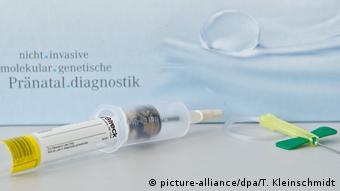
A blood test shows whether the child may be born with trisomy 21 to the world
If necessary, children with Down surgery syndrome already in the first year of life is the heart. So it can come to complications. Earlier, it was not uncommon that certain heart appeared problems only in adolescence, because the child had not been operated on in the earliest age. “Towards the end of the 80s years, doctors have learned that children need to be treated with trisomy 21 otherwise. I think there was a different attitude to people with Down syndrome. Today, we know more,” says Hammersen.
But it’s not just about the heart. Often the gastro-intestinal tract is not affected by the disease, for example, if the duodenum is permeable. “These children have to already be on the second or third day of life in surgery,” explains Hammersen. Now this is hardly a Problem, and helps ultimately to a longer life. Often, however, it is not done with surgery. Other diseases include, for example, the blood-forming System. This includes leukemia.
Leukemia
People with Down syndrome are diagnosed much more likely to have leukaemia than people without trisomy 21. And also because the physicians had to learn a lot of things. “During the first four, five years of life children with trisomy 21 develop a particular Form of leukemia. It occurs in children without trisomy 21 is quite rare, but is found in people with Down’s syndrome is relatively common. This leukemia in people with trisomy 21 has a quite favorable course. Accordingly, it can be treated with a much milder Form of chemotherapy than is usually the case.
“In the past, there was the question of whether you can expect of these children at all, a chemotherapy. It is the Consideration of these children could not intellectually understand what we do to them with this treatment. After all, it is a therapy that intervenes massively in the body,” explains Hammersen. In the case of a small child without Down syndrome, you would not have asked a treatment question,” Hammersen.
More about: Prefer a child with Down syndrome?
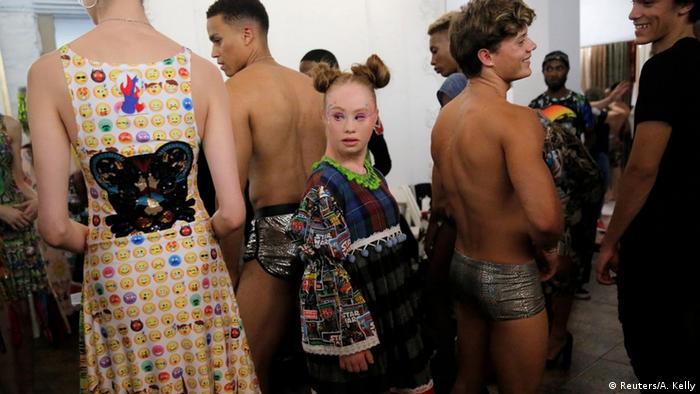
Madeline – A Model with Down syndrome at New York Fashion Week
The expectation has changed
In the 70s and 80s, the attitude towards people with trisomy was different than it is today. Many – even medical professionals – have trusted people with Down syndrome hardly anything. Today we know that If people with Down’s syndrome are promoted appropriately, you can develop a good and relatively independently. “A lot of people with Down syndrome of life for adults in residential communities. Once or twice a week a social worker or a support person comes along then maybe. But otherwise they live relatively independently. You can not imagine in the past,” says Hammersen.
Smarter than many believe
Today is also trying to encourage creativity and people with Down-to integrate syndrome, as far as possible into the world of work. This is often difficult, but usually not because of the people with Down’s syndrome but due to a lack of willingness in society. Many Healthy people do not want to have to in the workplace to colleagues with Down syndrome. And, ultimately, the appropriate parts are missing.
More: Sasha’s world: the circus artist with Down syndrome
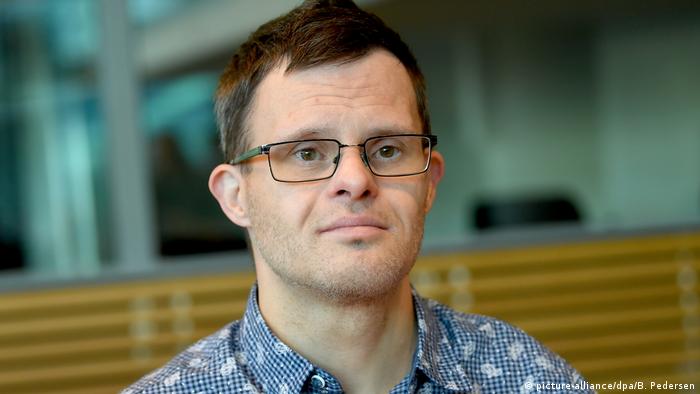
Sebastian Urbanski works as an actor. He has Down syndrome.
The development in people with Down’s syndrome course will be considerably slower than in people without, and in most cases also at a lower level so Hammersen. “But the bandwidth is of the one who creates the primary school to someone with a University degree and a high Flyer,” explains Hammersen. “And just as large is the bandwidth in people with down syndrome. Maybe she’s only moved a little.
More: Much applause for a Model with Down syndrome on the catwalk in New York
